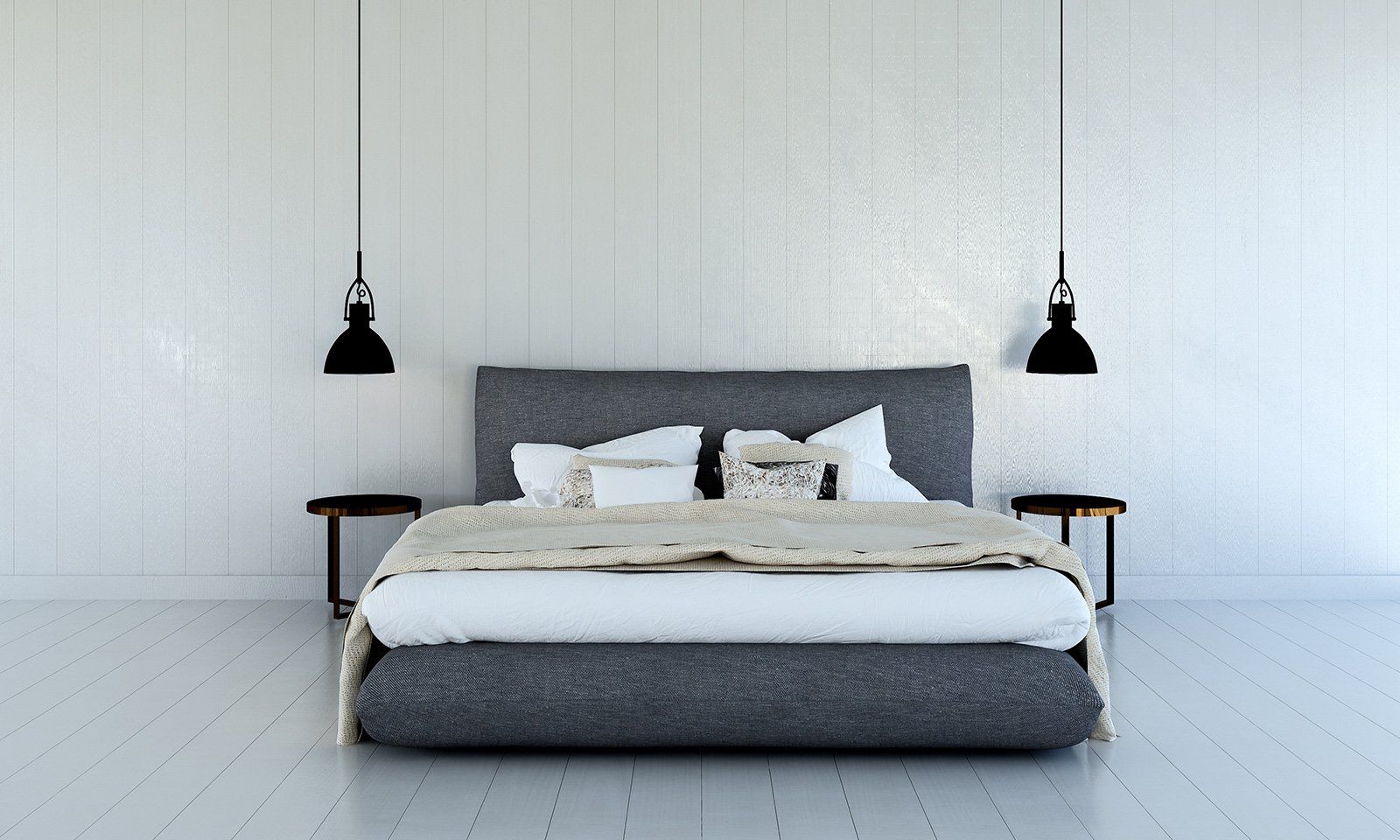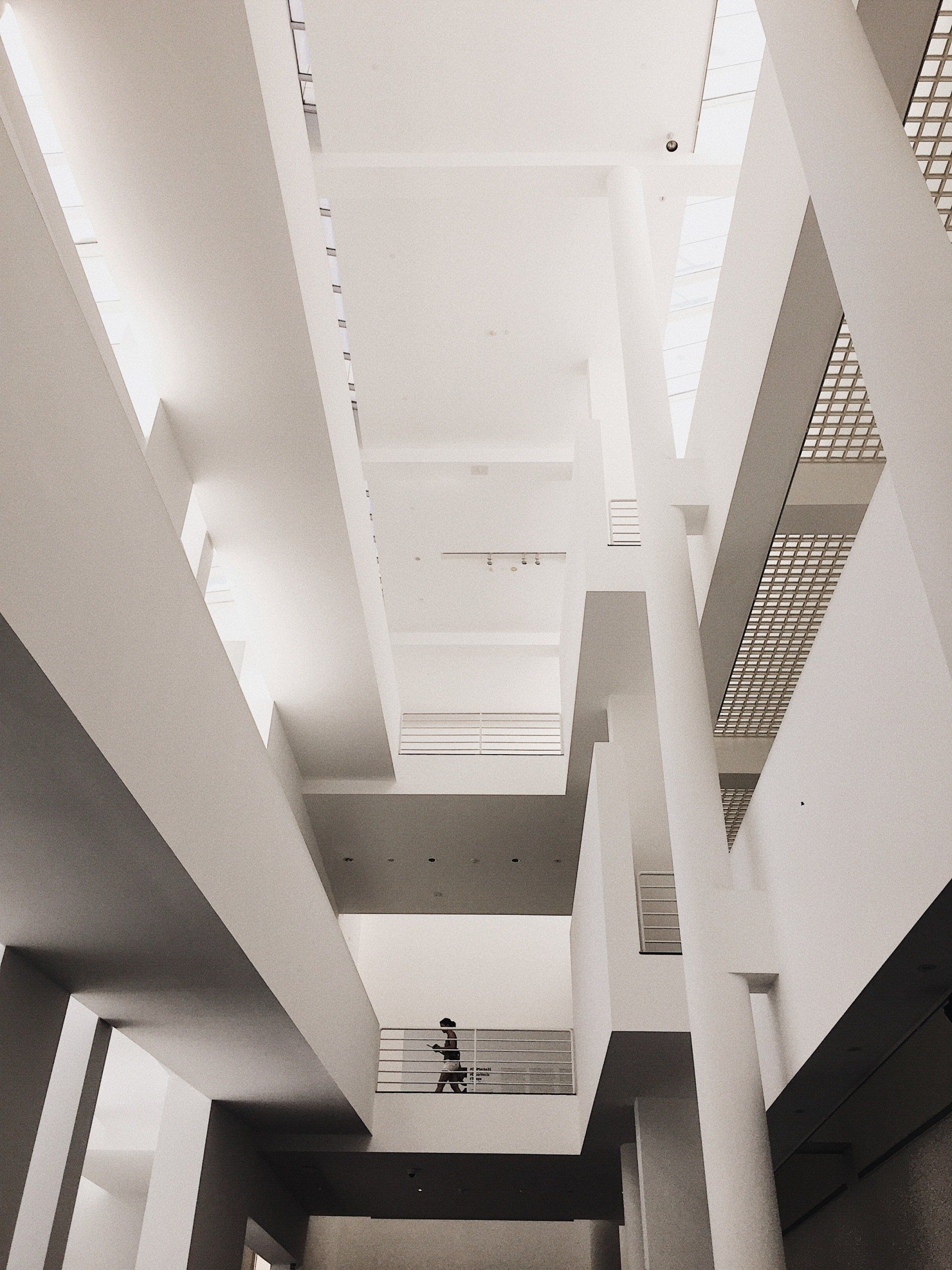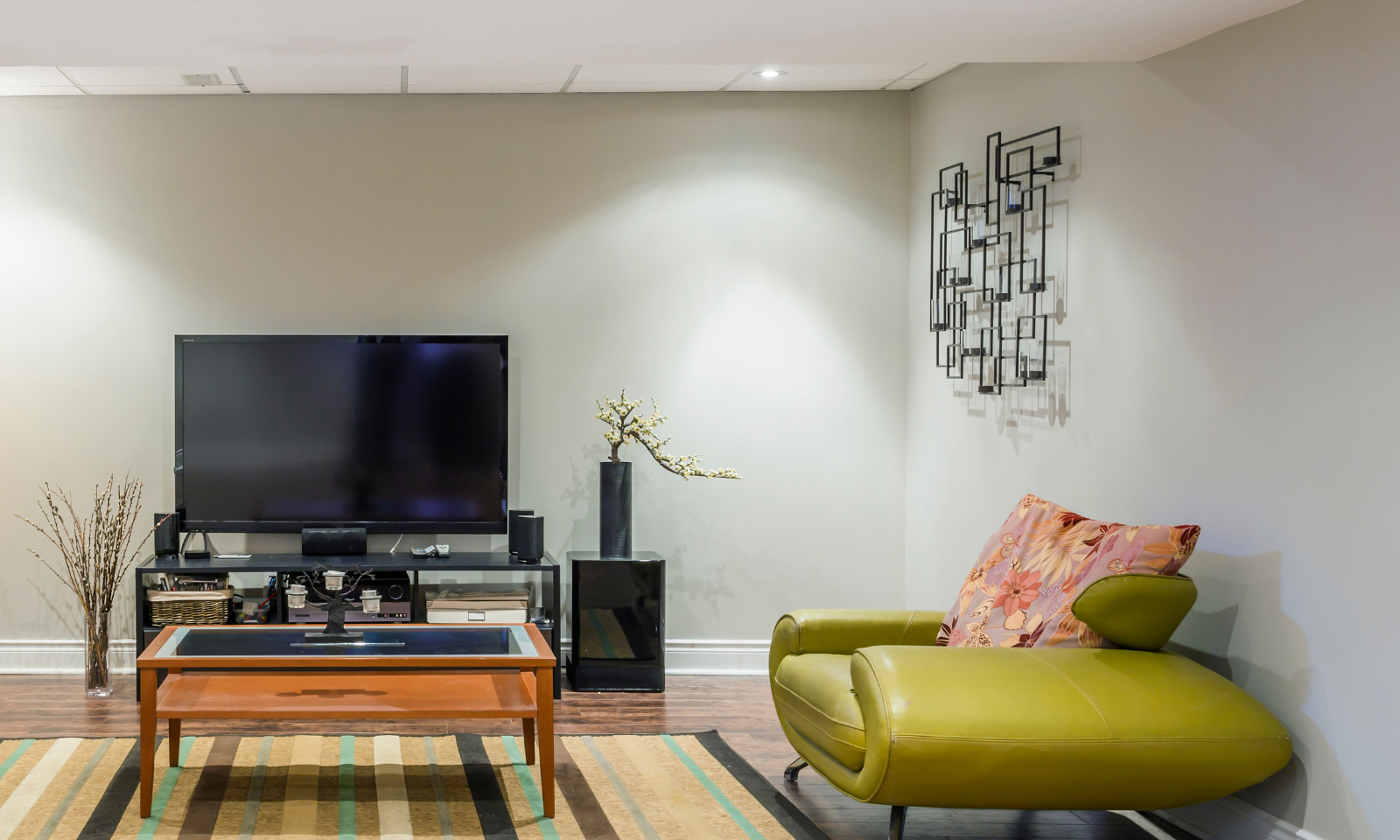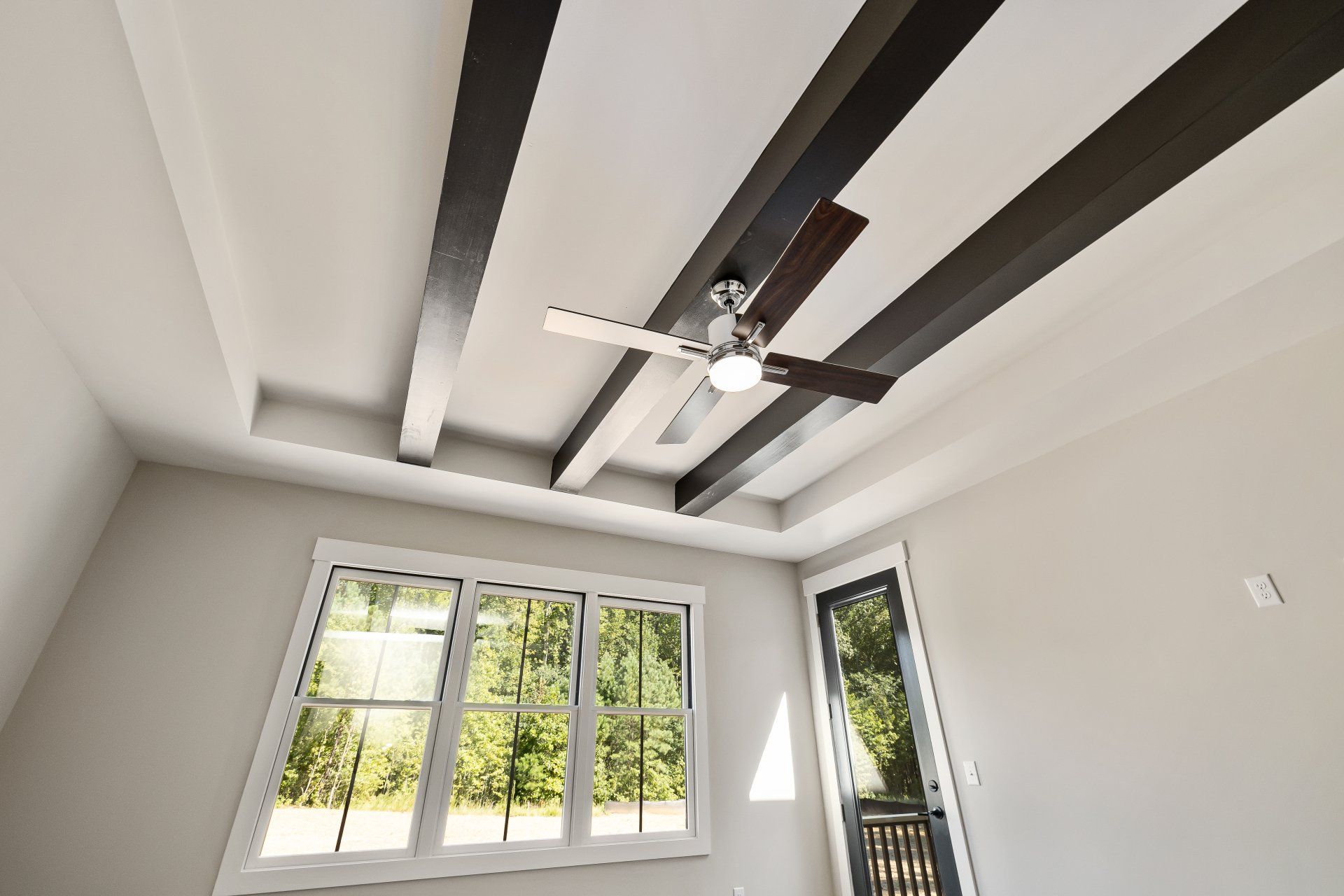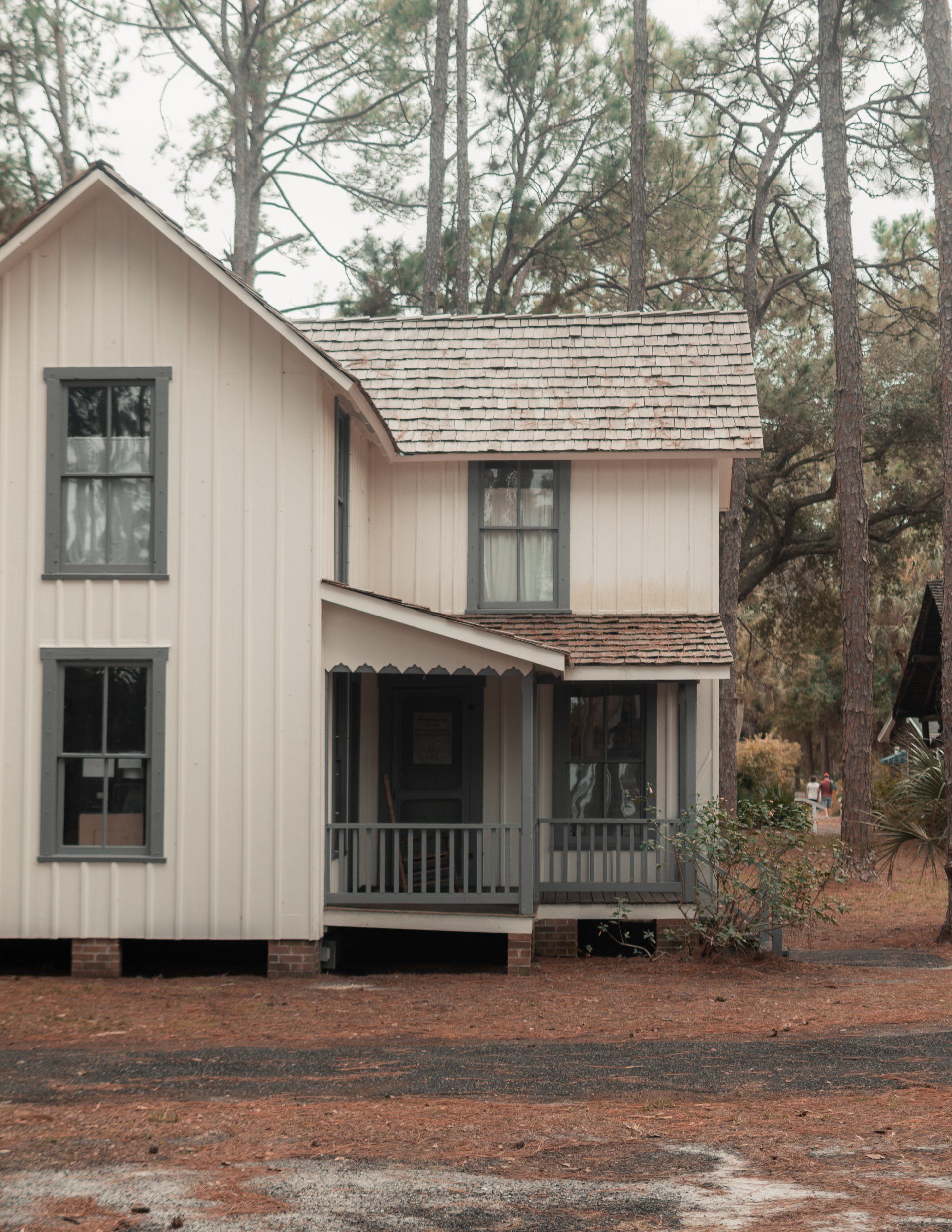Design Ideas for Remodeling A Basement
Design Ideas for Remodeling A Basement
Beware of the most common basement renovation blunders. Read on for some ideas on how to design your basement!
1. Give texture and depth in the process of finishing your basement ceiling.
You can certainly install the drywall, but what if you thought outside the box? Think about all the different basement ceiling options.
Ceilings of the basement that are exposed.
A lot of times, the exposed ceiling in a basement is made up of floor joists of wooden construction, but depending on the design, it might also include beams or rafters made of metal, too. You should consider whether you'll let the ceiling materials be exposed naturally or paint them.
The darker the shade of paint color, the smaller the room will appear since its visual effect lowers the ceiling. White paint can make the room appear larger. It is best not to paint the ceiling dark if it has an overall height of under 9.
Plank Basement Ceilings
- Plank ceilings generally comprise the use of tongues and grooves boards, a type that may be constructed out of PVC, wood, or MDF board. They can be used as a standalone feature or be embellished with beams of wood.
Metal Basement Ceilings
- To get a modern, industrial style, you can opt for a metallic ceiling. To save money, you can go to an old scrap yard and reuse scrap metal sheets.
Decorative Tile Basement Ceilings
- The decorative tiles are available at a variety of hardware stores and are usually fixed to ceilings. They can look like embossed or pressed tin tiles. Certain tiles can be painted over. Some resemble stone or metal.
Drop Basement Ceilings
- The simplest and least expensive ceiling solution is not to leave the ceiling exposed. The advantage of drop ceilings is that they do not have to work with exposed electrical wiring.
Coffered Basement Ceilings
- A coffered ceiling refers to the beams that are positioned in a box-like arrangement above the ceiling.
Wood Beam Basement Ceilings
- The wood beams can be positioned on top of any ceiling that is in use, such as drywall, plans tiles, and so on. The beams could be constructed of solid wood or fake construction.
2. Make the most of the space under the stairs in the basement.
The space is known for being an unintentional closet. It's also a dead space that doesn't get to be utilized.
Think about these ideas:
- Bar sinks under the stairs to the basement.
- Storage shelves that open or cubbies beneath the basement stairs
- A reading nook with shelves underneath the stairs in the basement
- A stand-up freezer is located under the stairs to the basement.
3. Design a multi-purpose entertainment space.
Set the stage for seating by defining it with a rug.
In smaller basements, use moveable couches, bean bags, or even pillows which can be moved to accommodate larger parties. You might want to consider a futon which can be taken out to host overnight parties so that the basement could also be used as a guest room.
4. Give texture to walls.
There are many alternatives other than drywall to complete basement walls. You could consider coating the blocks with concrete and opting for an industrial style. If you want to save money, consider adding faux brick or stone paneling. If you've got an older house, you might want to expose the brick or stone that was originally there! Cover it by using DryLock to create a clean, dust-free finish. An easy way to create the look of a wall at half the price?
5. Make a playground for children.
There is a myriad of ways to create a play area for children.
The age of your kids, you can create a huge, custom-sized table with this idea. Purchase a table that is cheap and trim the legs to the height of a table. From 2 to 4 years old, normal table height ranges from 20 to 22 inches. For ages 5 to 7, the table's height should be between 22 and 25 inches. For ages 8 to 10, the table height should be between 24 and 29 inches. Place burlap or fabric on the interior to conceal the storage containers beneath for toys!

